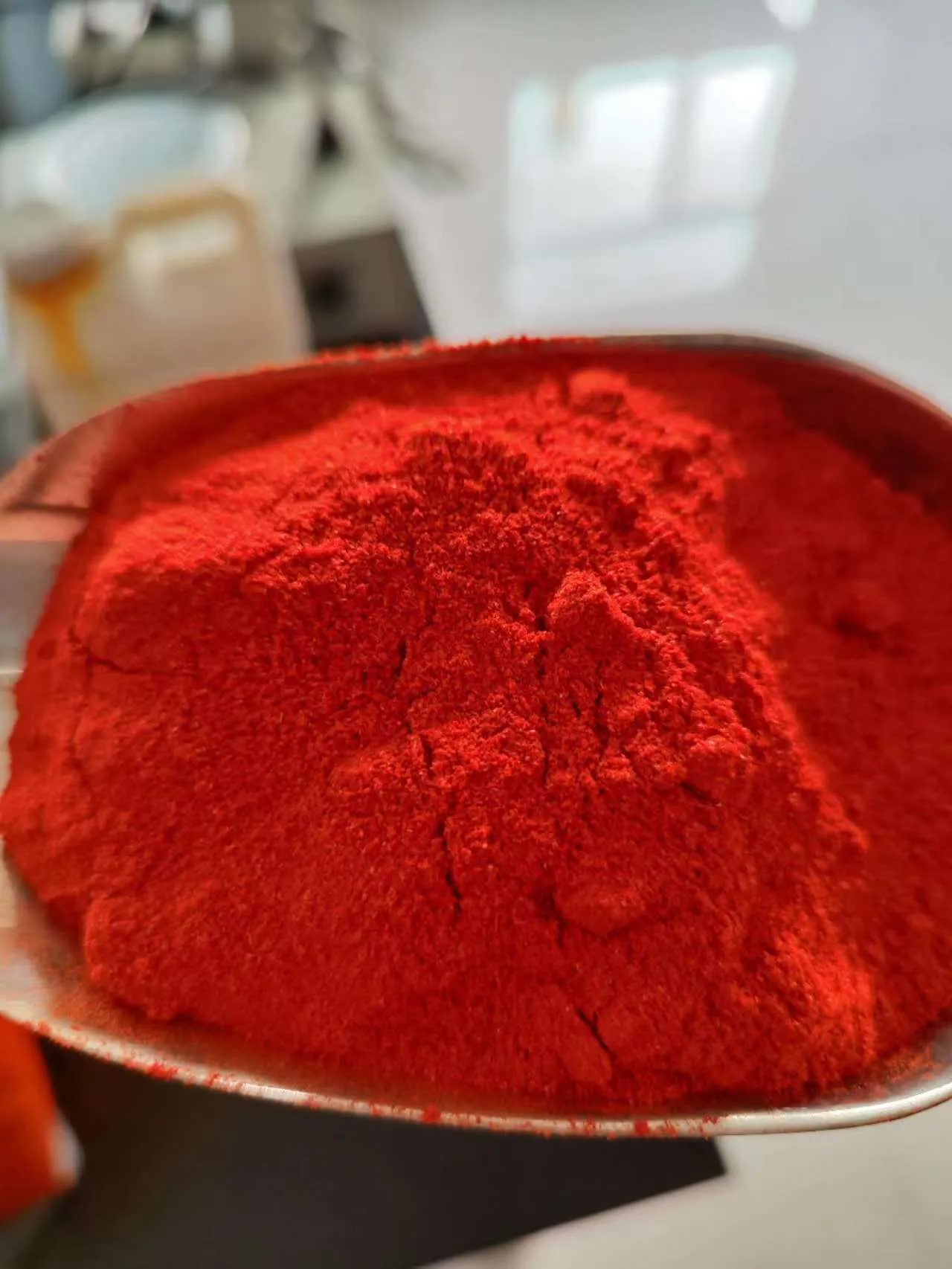- No. 268 Xianghe Street, Economic Development Zone of Xingtai city, Hebei 054001 China
- Byron@hbhongri.cn
red dried peppers
The Vibrant World of Red Dried Peppers
Red dried peppers, with their bright hues and intense flavors, have found their way into culinary traditions around the globe. Rich in history and versatile in use, these fiery ingredients deserve a dedicated exploration, revealing not only their gastronomic significance but also their cultural impact and health benefits.
A Historical Perspective
Dried red peppers have a storied history that dates back thousands of years. Originally cultivated in Central and South America, these peppers were a staple in the diets of ancient civilizations such as the Aztecs and Mayans. Following the Columbian Exchange, they were introduced to Europe and Asia, where they quickly adapted to local cuisines. In places like India, Italy, and Mexico, red dried peppers became central to regional dishes, each variety offering unique tastes and heat levels.
Culinary Versatility
One of the most appealing aspects of red dried peppers is their versatility. They can be found in various forms, such as whole, crushed, or powdered. Each form offers its unique potency and flavor profile. For instance, whole dried peppers, like ancho or guajillo, can be rehydrated and blended into sauces or salsas, providing a deep, complex flavor. Crushed red pepper, commonly used as a garnish or seasoning, adds a delightful kick to pizza, pasta, and salads.
Moreover, red dried peppers are integral to many spice blends and condiments
. In Mexican cuisine, they are key ingredients in mole sauces, while in Italian cooking, they feature prominently in arrabbiata sauce. Internationally, they contribute to the depth of curry powders, harissa, and even barbecue rubs, making them a staple in kitchens worldwide.Health Benefits
red dried peppers

Beyond their culinary uses, red dried peppers boast an impressive array of health benefits. They are rich in vitamins A and C, which are essential for immune function and skin health. Additionally, these peppers contain capsaicin, the compound responsible for their spiciness. Capsaicin has been linked to various health benefits, including pain relief, improved metabolism, and even anti-inflammatory properties.
Moreover, incorporating red dried peppers into one’s diet can support cardiovascular health. Studies suggest that capsaicin may help lower cholesterol levels and improve blood circulation, making it a heart-healthy addition to meals. Furthermore, the antioxidants found in these peppers combat oxidative stress, which is linked to chronic diseases such as cancer and heart disease.
Growing and Storing
For those intrigued by the idea of cultivating their own red dried peppers, it’s a relatively simple endeavor. Many varieties can be grown in home gardens, from the sweet bell pepper to the fiery cayenne. Proper sunlight, well-drained soil, and regular watering are essential for healthy growth. Once harvested, peppers can be dried in the sun, using a dehydrator, or in an oven, transforming them into flavorful nuggets for future use.
Storing dried peppers is straightforward. They should be kept in airtight containers, away from light and moisture, to maintain their vibrant colors and flavors. When stored properly, dried peppers can last for months, allowing home cooks to enjoy their bold flavors year-round.
Conclusion
In conclusion, red dried peppers are more than just a spice; they are a reflection of cultural traditions, culinary artistry, and health consciousness. Their vibrant colors and robust flavors can elevate a simple dish into a gastronomic experience. Whether used in traditional recipes or modern creations, these peppers hold a special place in our kitchens and on our plates. Embrace the fiery charm of red dried peppers, and allow them to ignite your culinary creations!
-
Turmeric Rhizome Powder: A Golden Treasure from Roots to TableNewsJul.28,2025
-
The Versatile Application Of Crushed Red Hot Peppers: Lighting Up The Red Flames On The Dining TableNewsJul.28,2025
-
The Paprika: A Touch Of Vibrant Red In Color, Flavor, And CultureNewsJul.28,2025
-
Ground Turmeric: A Modern Examination of an Ancient SpiceNewsJul.28,2025
-
Capsicum Liquid Extract: Features, Applications, and ChallengesNewsJul.28,2025
-
Application of Capsicum Liquid Extract in FoodNewsJul.28,2025







